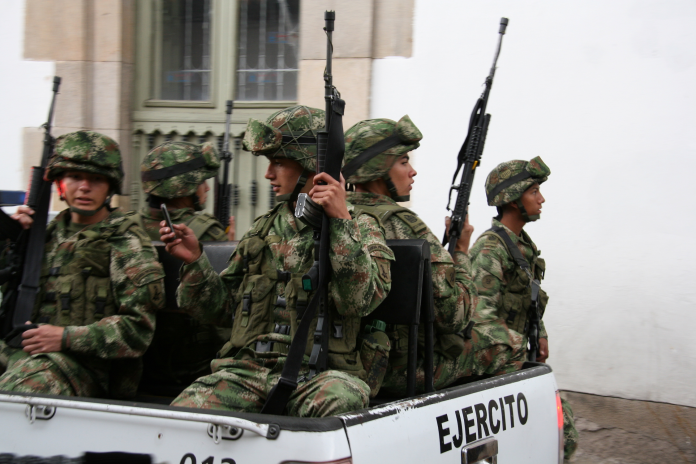The alleged killers of a Colombian councilor for Jamundi, Valle del Cauca were captured by Colombian National Police on Thursday. The councilman, John Fredy Gil Franco, was killed in late May in a drive-by shooting by men on a motorcycle. Gil was transferred to a hospital but was pronounced dead on arrival.
Operation Themis
Gil’s killers were captured in a new offensive named “Themis” and have been identified by their aliases as Palomo, Indio, and Tony by Defense Minister Ivan Velasquez. Themis was announced in mid-March as a new offensive against narco groups, which includes the Revolutionary Armed Forces of Colombia (FARC) alongside the National Liberation Army (ELN).
The operation is intended to execute a total of 481 arrest warrants for those suspected of committing homicides of a number of public figures, which included “former FARC members, human rights defenders, and social leaders.” The operation focuses on targeting both those with arrest warrants related to the killings as well as high-ranking members of the criminal organizations active within Colombia.
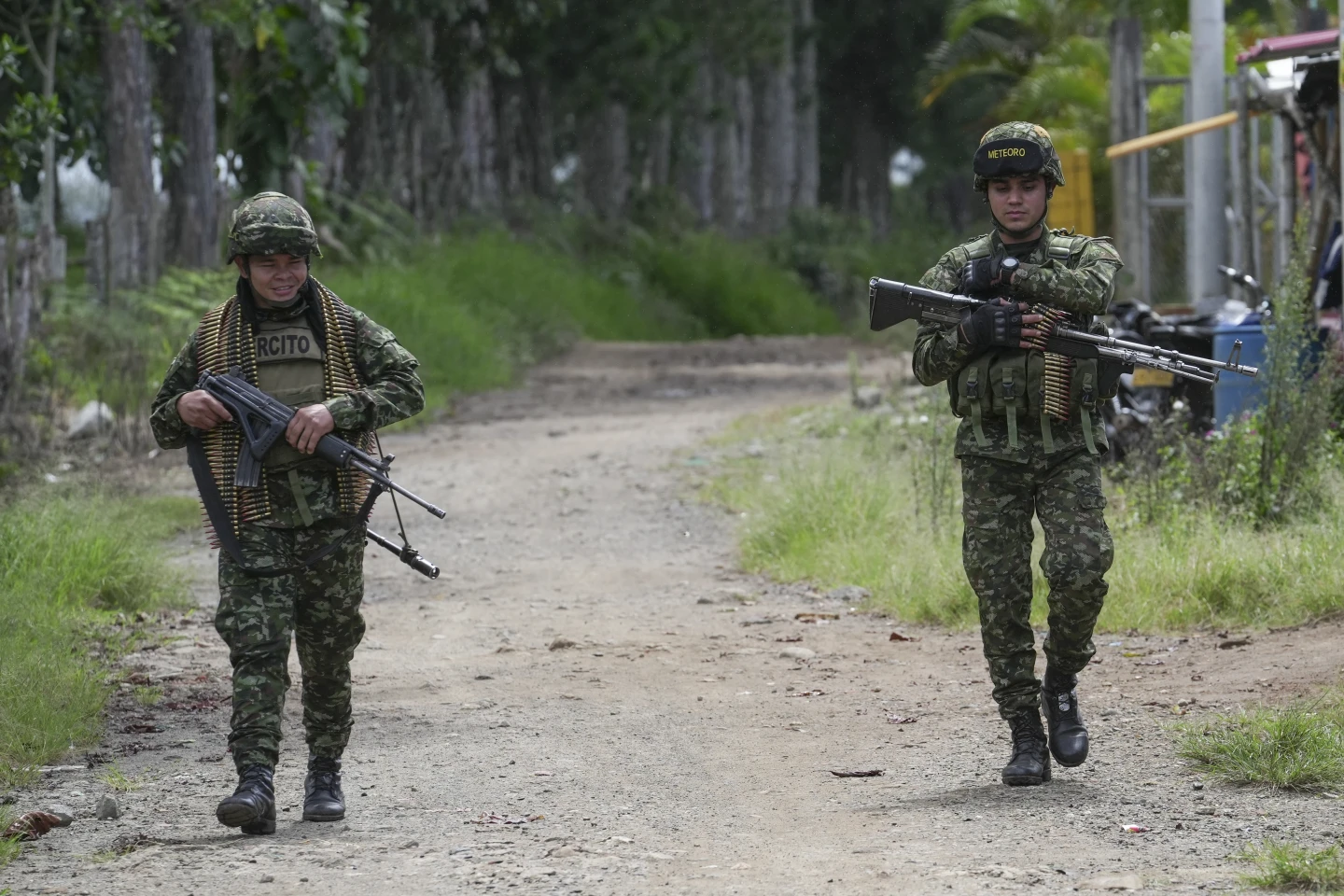
Many of those targeted by the Colombian government previously had their warrants frozen due to prior peace talks between their respective organizations and the government, although those peace talks have either been dissolved or stalled.
Among those targeted are key leaders of both the FARC and the ELN, including figures such as Néstor Gregorio Vera, also known as Iván Mordisco, who commands the Estado Mayor Central faction of the FARC. Others include Iván “Marlon” Idrobo Arredondo of the FARC and Velosa García, also known as John Mechas, of the ELN, both of whom are believed to be hiding out in Venezuela, where the ELN is highly active.
The operation followed the murder of five signatories to the Havana Peace Accord, an agreement signed in 2016 between members of the FARC and the Colombian government under the presidency of Juan Manuel Santos, who held office from 2010 to 2018. The Colombian government documented 62 murders of signatories to the accord and 271 murders of human rights defenders, 187 of whom were killed in 2023, since the election of Gustavo Petro in 2022.
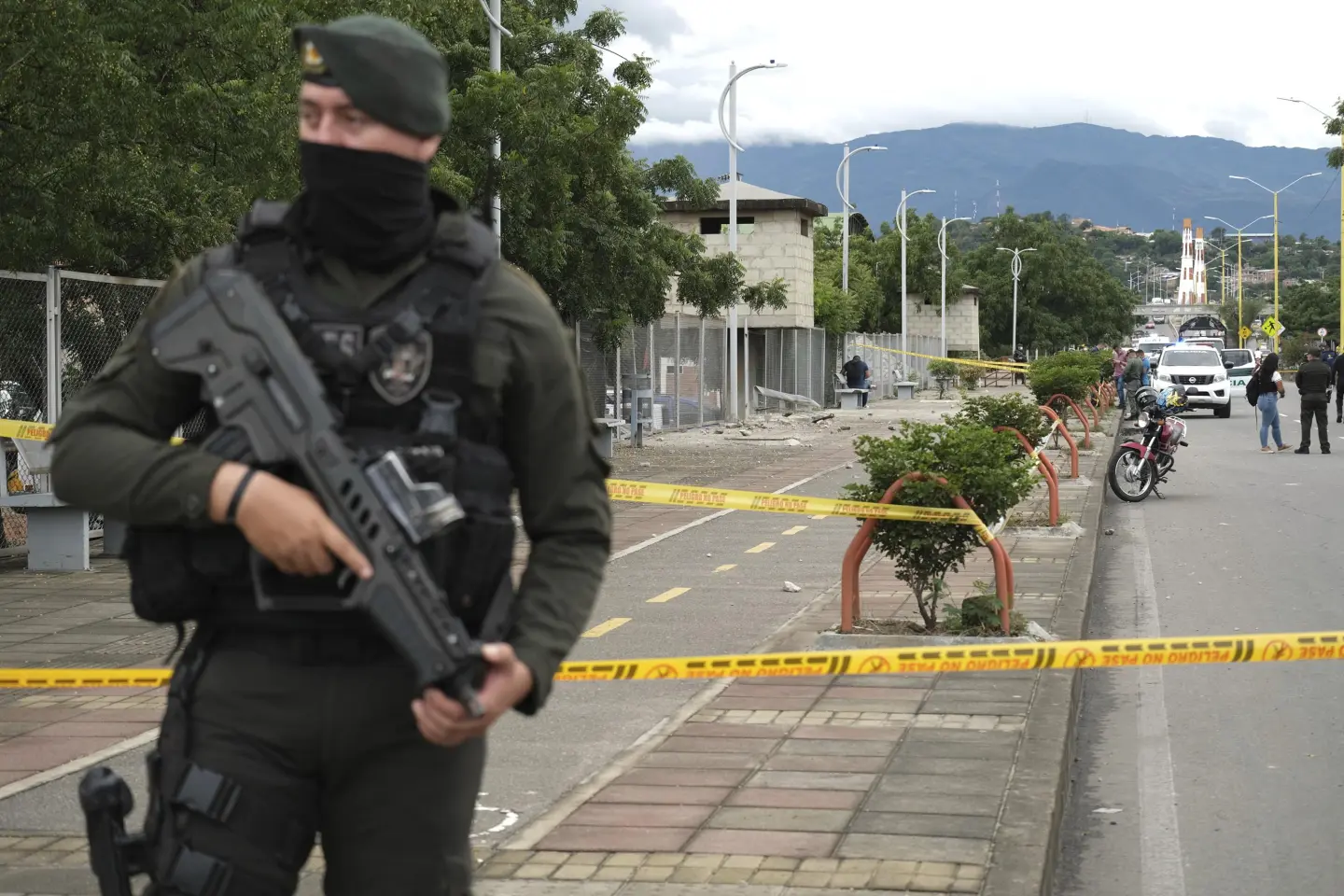
The assassins are likely members of the FARC-EMC which has a large presence in the departments of Valle del Cauca and Cauca. Violence in these departments have increased exponentially following the dissolution of the government’s ceasefire with the FARC-EMC after the armed group attacked an indigenous community, killing one of the community’s leaders and injuring two others amid a failed attempt to forcibly recruit two minors. Since the dissolution, the FARC-EMC has launched two large-scale attacks against municipalities in the departments, with Jamundi and Morales, Cauca in late May while skirmishes between Colombian forces and the armed group have occurred sporadically throughout the departments.
Attacks against government forces have further harmed relations between the FARC-EMC and the Colombian government, preventing any thought of a ceasefire from entering the minds of Colombians across the country. While the government has previously stated they would not reenter peace talks with the FARC-EMC, some believed talks would reengage due to the long history of the FARC or Colombian government breaking ceasefires before their eventual return to negotiations.
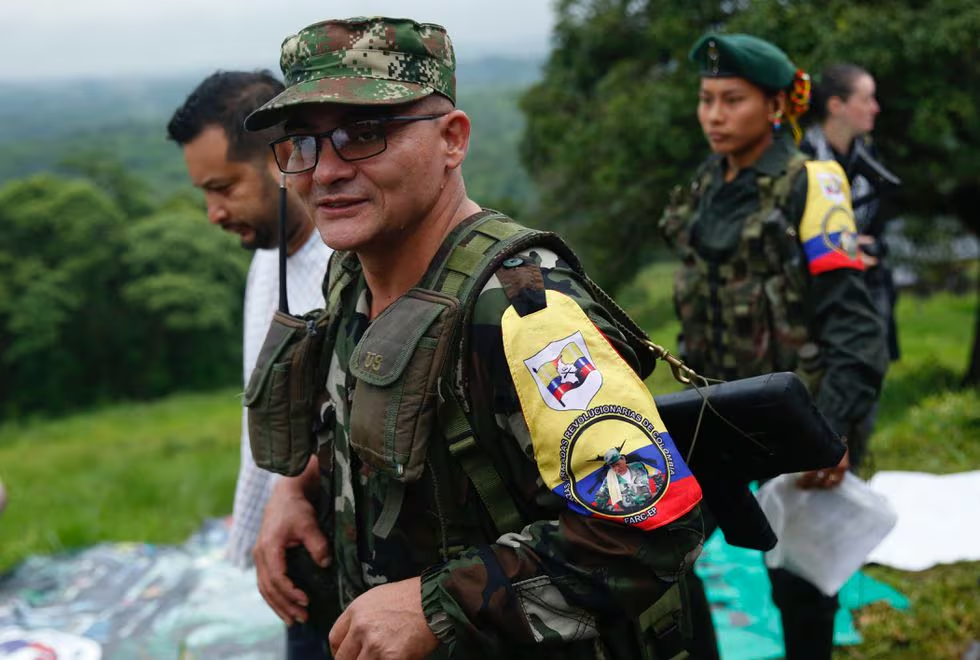
It remains possible that Colombian authorities will use the suspension of the ceasefire to weaken the FARC-EMC further, allowing the government to both have an upper hand if negotiations are resumed while also curbing the FARC-EMC’s growth that was seen under the previous ceasefire with the government.
This refusal to reenter peace talks with the FARC-EMC can also be seen as a departure from President Gustavo Petro’s controversial plan to bring “total peace” to Colombia, ending the 60-year-long civil struggle that led to the deaths of 450,000 people, while more remain missing. This plan is characterized by the president’s attempts to make peace with the various armed groups active in Colombia as opposed to military action in an effort to wipe them out.
This policy has achieved mixed results; while ceasefires with the FARC-EMC have been negotiated, talks with the ELN have stalled after the government chose to enter negotiations with the group’s front in Narino outside of the armed group’s national representatives, a move the national leadership ultimately rejected.
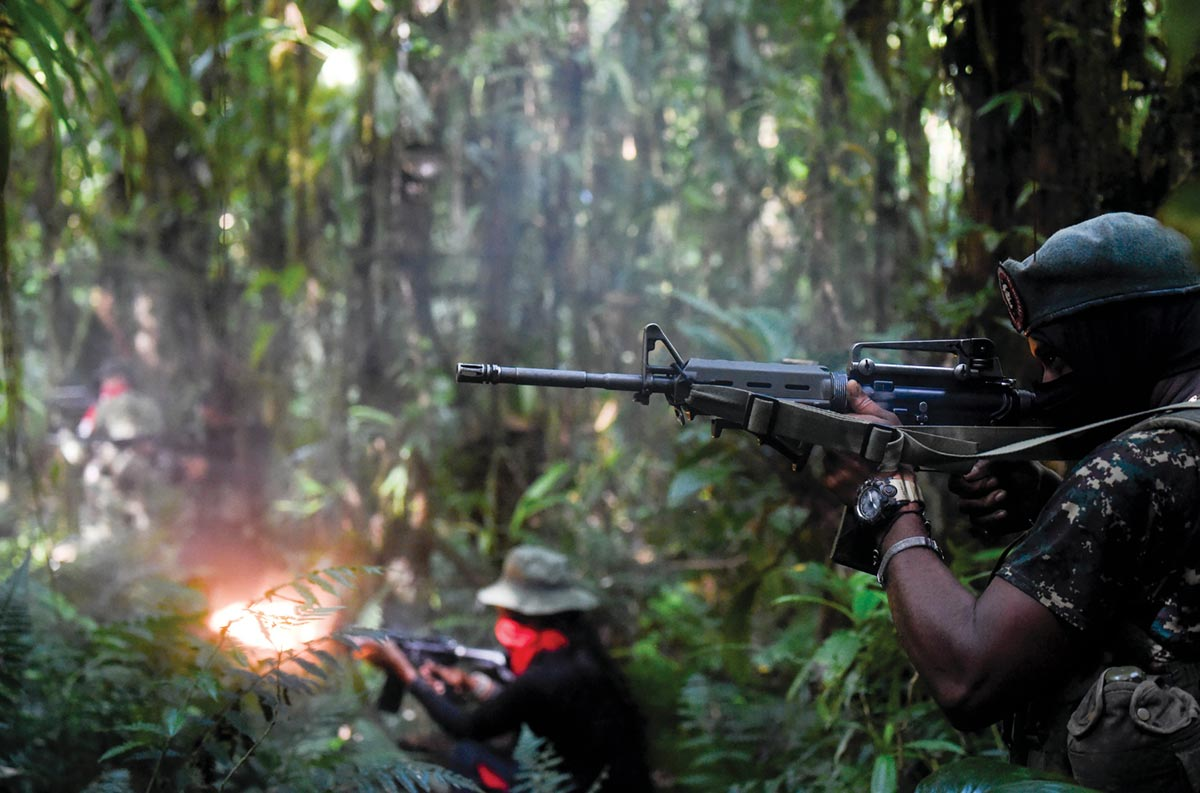
The ELN claims in one of its publications, Insurreccion 947, that this front is in reality a part of the government’s plan to target the group’s command structure. The group claims that the peace talks with the Narino front have only matured due to the supposed government agent’s failure to target the core leadership of the ELN.

